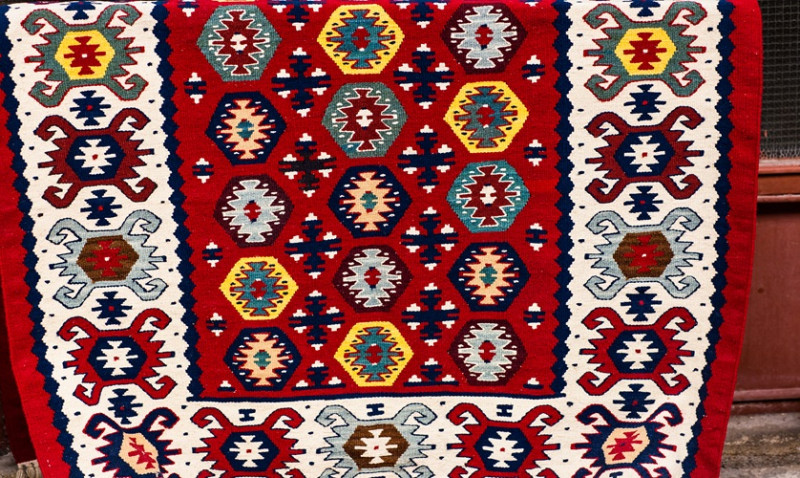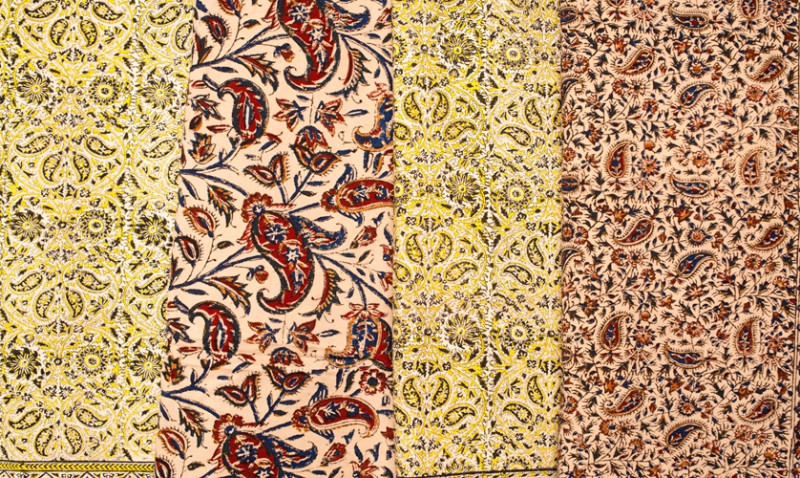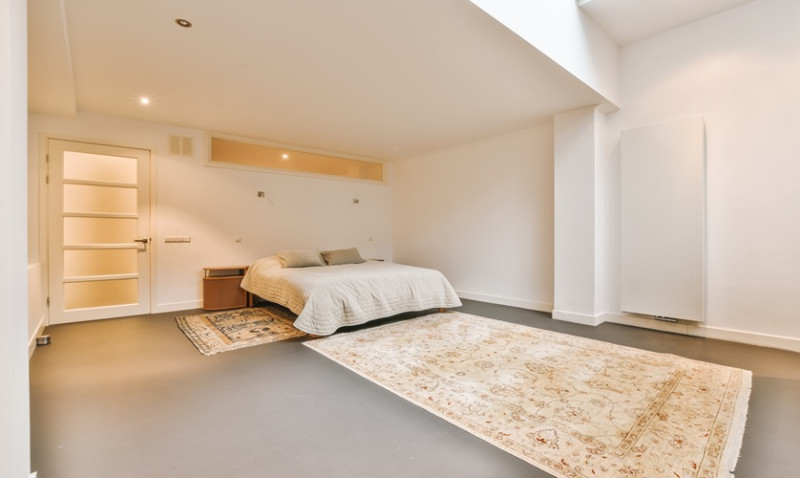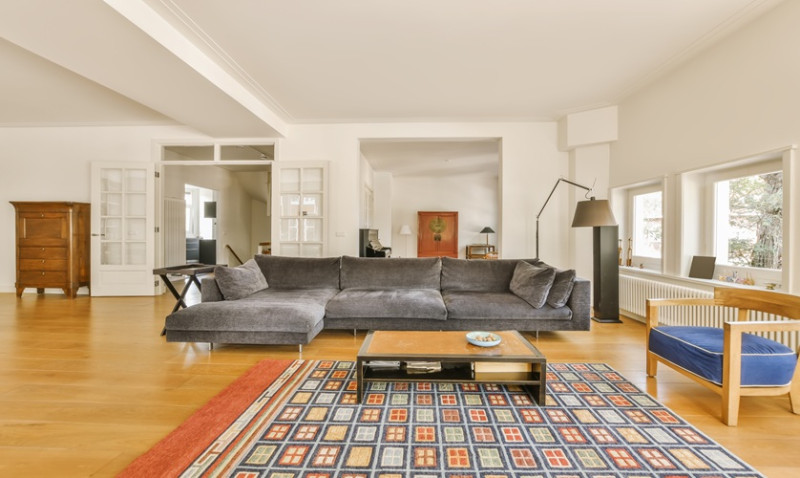
When setting the tone for a new home makeover or injecting life into a tired room, starting with an area rug can be one of the smartest décor moves you make. More than just a soft spot for your feet, a well-chosen area rug helps define the room’s layout, reflect your personal style, and bring cohesiveness across a space. For homeowners across the UK—from first-time buyers to seasoned renovators, and from interior designers to DIY enthusiasts—knowing how to select the perfect rug is a crucial first step in any interior project.
Let’s explore how to choose an area rug that not only fits your practical needs but also becomes a visual anchor for your interior design vision.
Why Start Your Project with an Area Rug?
Many design professionals begin a room refresh by choosing the area rug first. That’s because rugs often serve as both a functional and stylistic foundation. An area rug can dictate the colour palette, inspire the selection of furnishings, and help set the mood in any room—from cosy and calming to bold and vibrant.
Starting with a rug also makes spatial planning easier. It helps to define zones within open-plan layouts, add warmth to minimalist spaces, and soften hard flooring like tile or wood. It’s a design tool that embraces both form and function—ideal for busy professionals or DIY homeowners looking for maximum impact with minimal intrusion.
Especially in period homes or new builds commonly found in the UK, rugs can add character and blend disparate elements of the room effortlessly. A vintage-style rug in a Victorian flat in Manchester or a geometric runner in a modern London loft—your rug can capture the room’s personality instantly.
Consider the Room’s Purpose and Footfall
Before you shop for that eye-catching rug, you’ll need to think about the purpose and function of the room. Is it a high-traffic area like a hallway, kitchen, or living room? Or a more relaxed, low-impact zone such as a bedroom or study?
For busy entryways and living spaces, you’ll want to choose a rug made of durable materials like wool or synthetic fibres. In homes with young children or pets, stain-resistant and easy-clean fabrics such as polypropylene are particularly practical. Wool, especially, is a British favourite—it’s naturally resilient, flame-retardant, and offers excellent colour retention.
In dining areas, a low-pile rug is better as it won't trap crumbs or hinder chair movement. In contrast, bedrooms are perfect for soft, luxurious rugs with deep piles that add comfort underfoot when you wake up each morning.
Size Matters: Choosing the Right Rug Dimensions
One of the most common mistakes UK homeowners make when buying a rug is choosing one that’s too small. A rug should visually and physically anchor your furniture.
In living rooms, ensure the rug extends under all key pieces of furniture if possible—or at least the front legs of the sofa, chairs, and coffee table. For bedrooms, the rug should be large enough to sit beneath the bed while extending generously around the sides, adding both luxury and balance.
Dining room rugs should be big enough so that chairs remain on the rug, even when pulled out. As a general rule, allow for at least 60cm on all sides of your dining table.
Refer to this size guideline to estimate the dimensions that will suit your space best:
| Room Type | Recommended Rug Size | Placement Tips |
|---|---|---|
| Living Room | 160x230cm or 200x290cm | Covers central seating area, under front legs of sofas/chairs |
| Dining Room | 200x290cm or larger | Rug should extend at least 60cm beyond table edge |
| Bedroom (Double Bed) | 160x230cm or 200x290cm | Placed under bed with rug visible on all sides |
| Hallway | 60x180cm runner | Centred lengthwise with enough clearance on each side |
Pick the Right Style and Pattern
This is where your personality and interior theme really shine. Traditional, contemporary, bohemian, or minimalist—rugs come in every design imaginable. If your room is already full of colour and texture, a neutral or solid-colour rug may offer the right balance. If your furnishings are simple and understated, a patterned rug can be just the thing to bring drama and dimension.
In UK homes, layering classic British styles with modern influences has become increasingly popular. A Persian or Oriental rug, for example, works beautifully with exposed brick or contemporary furniture. Alternatively, Scandi-inspired designs featuring soft greys, pastel blues, and natural textures add calming minimalism to a flat or semi-detached home.
If you’re feeling bold, choose a rug with contrast—geometric patterns, abstract artwork, or even distressed vintage styles that give the illusion of age and texture.
Coordinate Colours with the Rest of the Room
Your area rug doesn’t have to match every other item in the room, but it should complement the overall colour scheme. Use it as a base for selecting accent cushions, throws, wall art, and even curtain fabrics.
A good rule of thumb is to pick up two or three main colours from your rug and echo those shades around the room. If you’re starting from scratch, letting your rug lead the design can save a lot of time and indecision.
Light-coloured rugs work well to visually open up small spaces—ideal for terraced homes and flats—while darker rugs offer a grounding and cosy effect, suitable for larger or high-ceilinged homes found in suburbs or countryside towns.
Material Matters: Choose with Practicality in Mind
Area rugs come in a wide range of materials, each offering different benefits depending on your lifestyle and room use.
Wool: Durable, naturally soil-resistant, and insulating, wool is a top choice for British homes. It maintains appearance over time but may require professional cleaning.
Synthetic (e.g. polypropylene, nylon): Ideal for high-traffic areas, these rugs are often stain-resistant, easy to clean, and more budget-friendly.
Natural fibres (jute, sisal, bamboo): These add a textural, rustic appeal suited to airy sunrooms or rural home settings. They're not ideal where moisture is present (e.g. kitchens or bathrooms).
Cotton: Lightweight and affordable, cotton rugs are suited for casual settings but may not last as long or lay as flat as heavier options.
Don’t Forget a Rug Pad
An often-overlooked accessory, the rug pad serves several important purposes. It prevents your rug from slipping, protects flooring, adds extra cushioning, and helps your rug wear evenly over time.
Especially on laminate or hardwood flooring–popular in UK homes—a rug pad is vital for safety. Look for non-slip, dense materials and select a size slightly smaller than your rug to keep the edges flush with the floor.
Final Tips for UK Shoppers
When buying a rug, always measure your space and furniture layout beforehand. Take pictures or sketch a quick layout to visualise proportions—this is especially helpful in narrow UK hallways or irregular Victorian room shapes.
If shopping online, always check the returns policy and look at real-life photos or reviews. Alternatively, visit local homeware or design retailers for in-person inspiration. Don't forget to check maintenance instructions too—a low-maintenance rug is often worth its weight in gold for busy households.
By beginning your home project with an area rug, you lay a solid foundation for creating a space that's inviting, stylish, and uniquely yours. Whether you're reimagining your cottage in Cornwall or updating a townhouse in Leeds, the right rug will be both your visual starting point and the tactile centre of comfort in your design journey.





